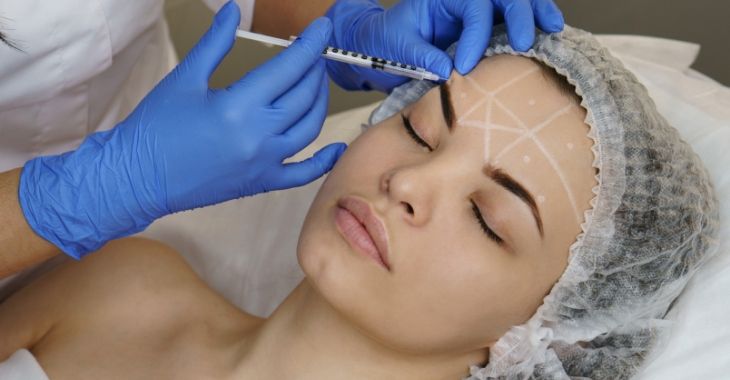Is There a Difference in Male and Female Facelifts?
Both men and women care about their appearance. While many people still think of plastic surgery as mostly for women, more and more men are choosing to use surgical options to improve their appearance. Looking younger has benefits for both genders, both personally and professionally. The facelift is one of the most popular procedures for men and women, giving them both a more youthful look, but there is a difference in how they are performed.
Differentiating Factors for a Male Facelift
A facelift for both genders involves elevating the skin and SMAS tissue of the face, reducing sagging in the lower face and jowls. However, there are differences in the male face that require a tailored approach. While women may prefer a softer appearance to their face, a male face is more angular and sharp. It is important to maintain the masculinity of the face while adjusting the skin for a more youthful look. Other factors that must be considered include:
- Positioning of skin with regards to facial hair
- Handling the thicker, heavier skin without over-stretching
- Protection for the higher vascular content in the male face to avoid excess bleeding
- Hiding incisions carefully in a changing hairline
For men, the best option in facelifts is the deep plane facelift that lifts the muscle and tissue, not just the skin and SMAS. This is beneficial for both genders for a more natural appearance, but especially important for men that have more muscular faces and heavier tissues that need elevation. Going deeper can help the results last and men look more like a younger version of themselves.
For men, it is important to find a facial plastic surgeon that understands the unique needs for male facelifts and offers advanced deep plane techniques for the best results.
Posted on behalf of:
Maurice M. Khosh, MD, FACS
580 Park Avenue, Suite 1BE
New York, NY 10065
212-339-9988
The information provided on this website, including text, graphics, images, and other materials, is intended solely for informational purposes and should not be used as a substitute for professional medical advice, diagnosis, or treatment.

)